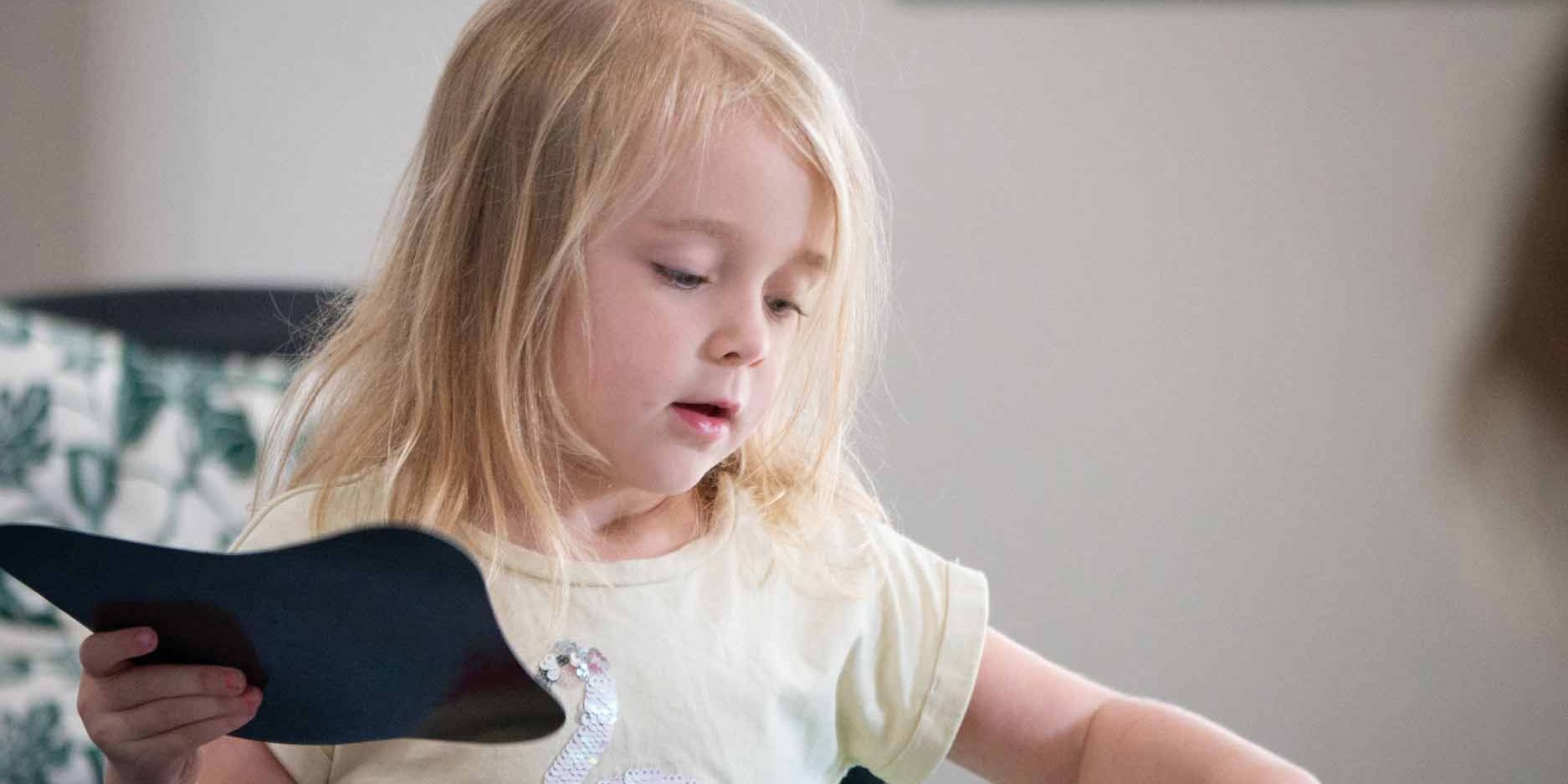Your ELC Explains why Solo Play is Important for Your Childs Development
You might be thinking to yourself that you have to be around your child for them to learn, but that simply isn’t the case. Solo play can do wonders in making your child a more independent, curious, and confident child.
It’s easy to fall into the habit of telling your child how to do something and when to do it, but letting your child take charge, within reason, is great for their development and will help prepare them for their next stages in life, Prep.
Psychologist Kathy Hirsh-Pasek, PhD, author of Einstein Never Used Flash Cards, says that creativity is a result of exploration. Giving children the opportunity to take charge of their activities allows them to tinker. A study by the Massachusetts Institute of Technology found that children when left alone often found out new things about a toy (sounds or different movements) than when they were observed closely by a parent or educator.
This is all easier said than done, so Your local ELC has provided some tips on how to get your child to love solo playtime.
Step 1: Ease into it.
For starters, silently sit beside your child when they’re playing, this lets them know you’re there but you’re not actively telling them how to play. Once your child is focused on what they are doing, try moving to a different area of the room. Remember, different age groups can play independently for different time periods. Older children can play independently for longer whereas younger children can’t.
Step 2: Create some space.
When your child is happily playing and is in a safe environment, try not to hover, we know this is hard, but try to observe and show interest from afar. It is important to avoid instructing your child how to play once they are alone. We know this is hard but see this as an opportunity to take some time out for yourself!
Step 3: Know your child’s idea of fun.
Think about it, your child isn’t going to become engrossed in play if they don’t like the activity, they are doing… Know what activities, games and toys your child gravitates to and use these when it comes to solo playtime. This will make it easier for your child to get lost in the fun!
Step 4: Create toys.
Start incorporating objects that can be multipurpose, for example, cardboard boxes, blocks, and paper bags. These objects can keep children engaged for longer because the possibilities of play are increased. Children’s imagination flourishes when there are no set rules or guidelines, which is what these objects allow.
With these four steps, your child is sure to love solo playtime.
YOU MIGHT ALSO LIKE TO READ:
Differences between Fine and Gross Motor Skills
Parents are often told about the importance of gross and fine motor skills, but sometimes, an explanation on what fine and gross motor skills are not given. Your local early learning centre is here to explain! – READ MORE






